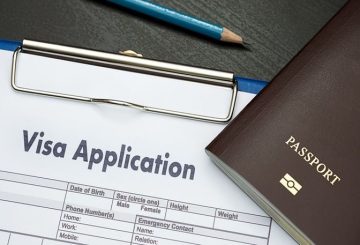출처: RNZ 뉴스
한 설문 조사에 따르면 Covid-19로 인해 아시아계 뉴질랜드인들은 인종 차별과 같은 높은 수준의 차별을 경험했다.
이 연구를 맡은 매시대학교 부교수 샐리 리우(Sally Liu)는 작년 402명의 응답자 중 1/4 미만(22.7%)이 코로나로 인한 차별을 받았다고 언급했다.
이중 1/3(32.4%)은 사회적 집단 내에서 인종 차별 등의 차별을 경험했으며, 거의 절반(45.8%)에 가까운 사람들은 사회에서 인종 차별과 낙인이 있음을 인지했다고 말했다.
응답자들은 원래 14개 이상의 아시아 국가 출신을 대상으로 했지만 유독 중국 응답자들이 차별을 받는다면서, Liu 박사는 “다른 나라가 (중국 우한에서 시작된) 바이러스를 억제하지 못한 것에 대해 중국인 또는 중국인처럼 보이는 사람들을 희생양으로 삼은 것으로 보인다”고 전했다.
인종 차별에 대한 단기적인 해결책은 없지만 정부는 인식 제고를 위해 많은 노력을 해야 한다고 꼬집었다.
“전염병이 발생한다고 해서 특정 인종을 비난하는 일이 도움이 될까? 그렇지 않다. 전염병 및 전염성 바이러스는 정치적, 민족적 문제가 아니라 의학적 문제다. 이러한 종류의 사회적 인식은 장기적인 관점과 교육 시스템을 통해 배양되어야 한다”고 덧붙였다.
또한 응답자의 약 82%가 Covid-19를 치명적인 질병으로 평가했으며, 80%는 전염이 시작됐을 때 더 엄격한 국경 통제를 원했고, 70%는 마스크가 의무화되기 전에 착용하려고 했다.
대다수의 응답자(93.3%)가 Covid-19의 확산을 막기 위해 당국의 건강 권고를 따랐다고 밝혔다. 이어 리우 박사는 “이러한 문제에 중점을 둔 이유는 Covid-19이 공중 보건 위기를 넘어 문화적 인식, 의학적 담론, 인종 관계, 지역 및 국제 보건 거버넌스 등과 같은 서로 다른 교차 영역에 영향을 줄 수 있다고 믿기 때문”이라고 전했다.
해당 설문 조사는 95% 신뢰 수준에서 전체 오차 한계는 ±4%이다.
올해 초 인권위원회에서는 코로나 유행 초기에 언어 폭력, 인종 차별, 아시아 및 중국 커뮤니티에 대한 차별 등과 관련한 100 건이 넘는 조사 문의를 받은 후 이와 유사한 연구를 발표했다.






























































